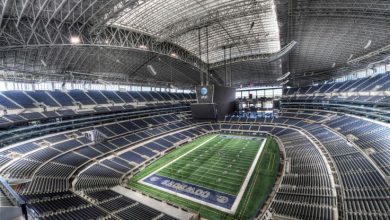
Match your guest to the right trip
If there are health, fitness, or other requirements needed to safely enjoy the experience, make this clear in your experience’s description. This includes providing details about the length of time, exertion and fitness required, and skill levels needed.
Here’s a guide from the ATTA to help you communicate to guests what skill level is needed for your diving experience:
Snorkeling
Beginner: Expect floating and observing the underwater world. It is easy to get familiar with the snorkelling gear. Floating effortlessly on a calm surface.
Intermediate: Expect floating and observing the underwater world. It is easy to get familiar with the snorkelling gear. Floating downstream rivers or in the presence of potentially aggressive aquatic life.
Scuba diving
May range from a discovery dive where a host instructs all steps required to a more independent dive, within the scope of certified guests.
Beginner: Dives to a recommended maximum depth of 12 meters.
Intermediate: Dives to a recommended maximum depth of 20 meters.
Advanced: Dives to a recommended maximum depth of 30 meters and a maximum depth of 40 meters.
Wreck diving
Wreck dives are for certified Scuba Divers only. Guests holding specific certification on wreck diving may be granted access to wreck penetration dives, and scuba divers can participate in dives that do not include penetration of wrecks.
Beginner: Pleasure dives navigating on the outside of the wreck.
Intermediate: Small penetrations with easy access to open water and few entanglement and navigational hazards (e.g. doors that might close, silt, falling parts).
Advanced: More challenging navigation inside the wreck with narrow passages and navigational hazards. Guests may lead these dives.
Cave diving
Cave dives are for certified Scuba Divers, and guests shall be already trained and certified on cave diving in order to engage in any cave diving activity.
Beginner: First level of cave diving is called cavern diving where guests stay within the light zone of a cave and at a linear total distance of 40 meters from the surface. The light zone of a cave is defined as that part of the cave from which natural light illuminating the entrance is visible at all times.
Intermediate: Limited to a depth of 30 meters but guests may go further inside the cave, losing sight of natural light. Navigation is simpler and limited to following the main line inside the cave.
Advanced: Depth limit of 40 meters and cave navigation may involve jumps, gaps and circuits, and traverses.





